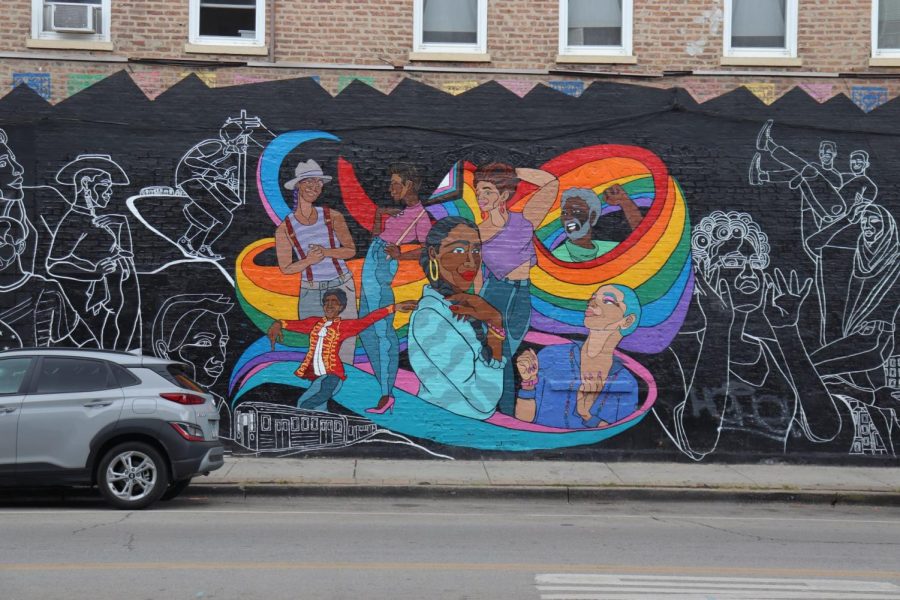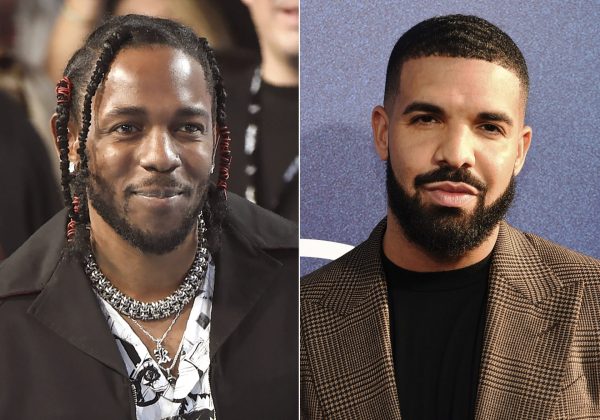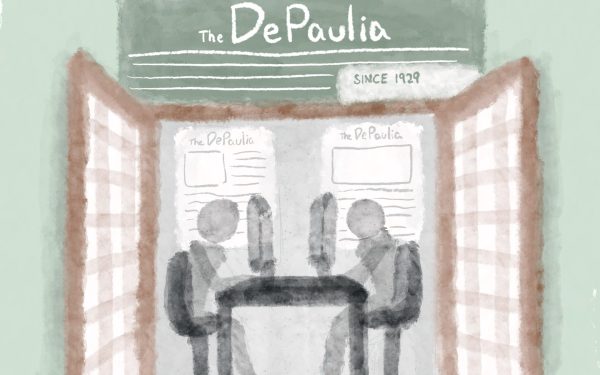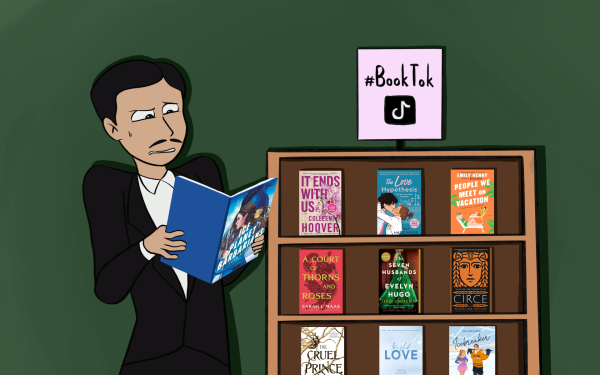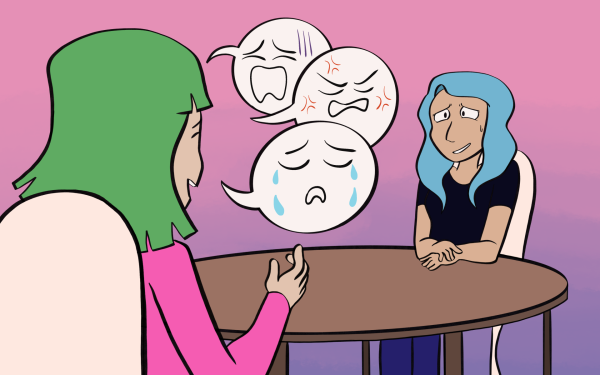OPINION: The dance between activism and politics is called democracy
A mural in Pilsen, near the intersection of 18th and Ashland streets, celebrates the diversity that is a fundamental part of the struggle for rights in the Latino community.
Walking down 18th Street in Pilsen, I stare at a mural. Besides the art, I think about how the wall was planned and officially approved, while the mural works outside the norm, outside the system. But both work to create something beautiful, from very different processes.
The struggle to create a just world has looked different in every society in which it has been attempted. People do not tend to organize themselves in the same way in different cultures or in different systems of government.
In the French Revolution, the monarchy’s desperation, hunger, and indifference led people to organize, arm themselves, and change the social order in France entirely.
During the Velvet Revolution in Czechoslovakia, now the Czech Republic, the students of Prague went out to demonstrate peacefully due to the lack of political representation and ended up achieving their independence against the Soviet Union.
But how does a fight for rights work in a society like ours?
“[I was] an outside agitator and someone who believed we needed to come together, but always ended with, ‘Hey, whatever the politician is, you have to implement this change.’ And now I am that politician.” U.S. Congresswoman Ilhan Omar said on the Rep podcast.
There, together with his daughter, Isra Hirsi, they spoke about their opposing views on the best method to seek change in society. Isra Hirsi spoke of activism and revolution, while Ilhan Omar proposed voting and representation.
Clearly, their positions are more complex than just this, but they give us the opportunity to see an interesting relationship in our society: that between activists and politicians. Are these opposing or complementary forces?
Rosa Esquivel, a member of the Pilsen Alliance and an activist in the Pilsen neighborhood who has fought for many years against the effects of gentrification on the neighborhood’s Latino community, spoke about the difference between fighting for rights from activism and from politics.
“When it comes to the issues, the politician can say ‘police responsibility’ while the activist can say ‘abolish the police,’” Esquivel said. “And sometimes the politician is terrified of saying something like ‘abolish the police’ or ‘abolish ICE,’ because they are looking for a middle ground.”
The positions of the activist and the politician have a clear difference on this point, because to be elected to a position based on popular vote, few politicians succeed with extremely radical ideas. The more extreme a person’s ideology, the less likely they are to find voters.
I think this tells us that only the most moderate politicians reach positions of power or that politics ‘moderates’ people. Personally, I go for the first option, we already have enough examples of extremists with political power to seriously doubt the second.
Also a member of the Pilsen Alliance, Javier Ruiz, an organizer for property rights and for quality education in public schools, among others, spoke of how the same struggles take place in parallel, between activism and politics.
“I will give you an example with Black Lives Matter. Now, you could say politically that they are trying to fight for police reform and qualified immunity. But the activists on the street want justice for the people who were killed, I mean, it’s the same message, but it’s like a different approach.”
Here we see an extra feature of this activism-political dynamic. There is a difference in the mode and in the approach, but not so much in the core. Whether you’re on the streets with activism or in a councilor’s office, you can fight for the same values, but it would look very different.
But here comes a new difference to analyze: Is activism closer to the people, but further away from power; while politics is further from the people, but closer to power?
It seems easy to answer at first, since an activist can fight for decades for something that a politician can achieve by signing a paper, but let’s not rush to give this answer in such a forceful way yet.
District 25 Councilman Byron Sigcho-Lopez, who has been very active in the Pilsen community for many years and has a unique point of view on the activism-political dynamic, shared his perspective on this duality.
“I think we have to be clear that our democracy, liberal democracy, is in crisis,” Sigcho-López said. “And that what we need is real democracy, real democratic principles, to guide our elections.”
He feels that this crisis is especially linked to the way in which private interests, particularly large companies and billionaires, have hijacked the democratic system to profit economically.
In order to ‘cure’ democracy, it is necessary to restrict the power of the powerful economic sectors and ensure that it is the people and their needs that direct decision-making.
And here you can see where your proposal answers our doubt. Activism and politics, in a healthy democracy, are two parts of the same mechanism. The activism is in charge of making the problems of the people evident, while the politician, under the pressure of the people and the activism, uses his power to achieve systematic changes.
“So I think when we have a broken system, our priorities are also broken. In order for us to take it back, I think it cannot be done electorally, we need to organize at the grassroots level so that we can have representatives that are accountable to us and not to special interest groups,” Sigcho-Lopez said.
Like the mural on the wall of a building in Pilsen, activism and politics are the ones who together build something beautiful that neither could achieve on their own. Now, it is our responsibility to create a society where this can be achieved.


